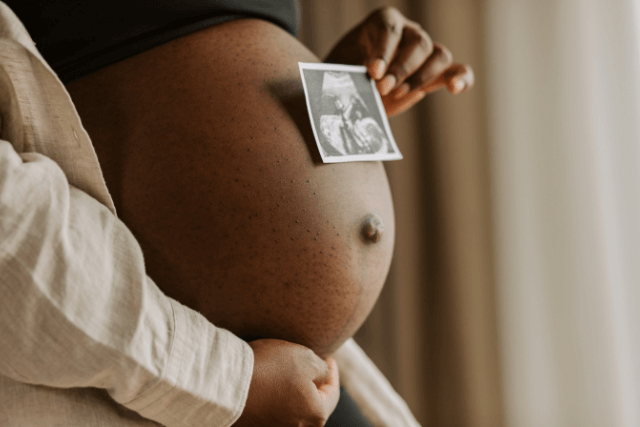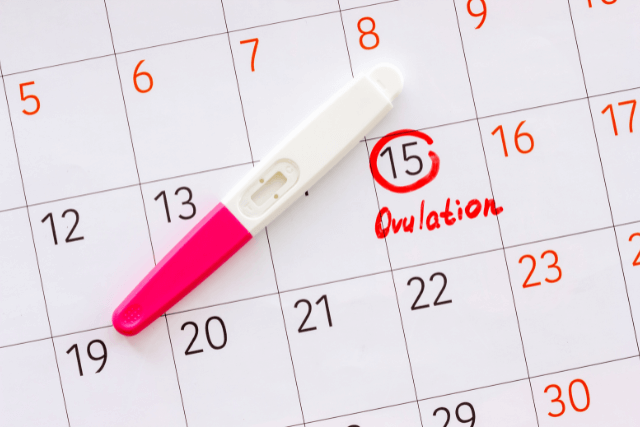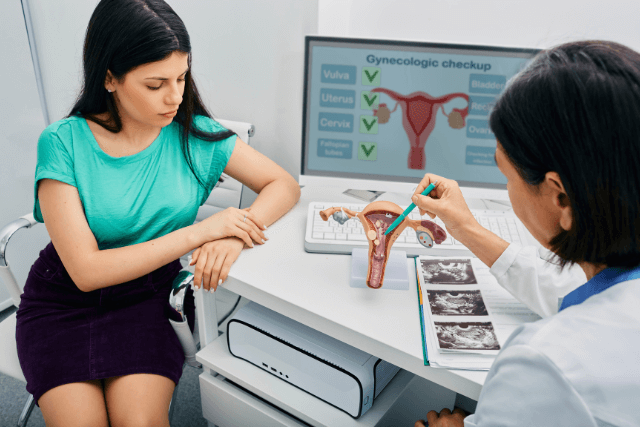When a woman undergoes tubal ligation, she is typically seeking permanent contraception. However, for various reasons, some women later decide to reverse the procedure and attempt to conceive again. Conception after tubal ligation reversal is a viable option for many women, but the process requires careful consideration, proper medical evaluation, and patience. One of the most common questions women ask after undergoing tubal ligation reversal is, “How soon can I try to conceive?”
In this blog, we will explore the factors that influence how soon you can begin trying to conceive after a tubal ligation reversal. We will also discuss the steps involved in the procedure, the recovery time, and the success rates for conception. If you’re considering tubal ligation reversal, whether you’re in Tampa, Hudson, or elsewhere, this blog will provide the guidance you need to make informed decisions and understand your path to conception.
What is Tubal Ligation Reversal?
Tubal ligation reversal is a surgery that reconnects the fallopian tubes after they’ve been blocked or sealed. Tubal ligation is a permanent birth control method where the tubes are cut or blocked to prevent pregnancy. After a reversal, the tubes are repaired, allowing eggs to move from the ovaries to the uterus, making pregnancy possible again.
The procedure is complex and depends on several factors, such as the method of tubal ligation performed, the woman’s age, and the condition of her reproductive system. It’s essential to seek a skilled surgeon who specializes in tubal ligation reversals to maximize the chances of success.

How Soon After Tubal Ligation Reversal Can You Try to Conceive?
When it comes to conception after tubal ligation reversal, many women are eager to know how soon they can begin trying to get pregnant. The answer varies depending on individual circumstances, but several factors play a significant role in determining the timing.
1. Recovery Time After Surgery
After tubal ligation reversal surgery, most women can resume normal activities within a few days, although full recovery may take a few weeks. It’s essential to give your body enough time to heal properly before attempting conception. Generally, doctors recommend waiting at least one to two months after the procedure before trying to conceive. This waiting period ensures that your body has healed sufficiently and that your fallopian tubes have had time to reconnect properly.
You should follow your surgeon’s instructions for post-operative care, including avoiding hard physical activities and ensuring you attend all follow-up appointments. Your doctor will monitor your healing progress and may advise you to wait longer if any complications arise.
2. Age and Fertility
One of the most significant factors in determining how soon you can conceive after tubal ligation reversal is your age. Women under 35 years old tend to have better success rates with conception following tubal reversal surgery. Their eggs are typically healthier, and they have fewer fertility challenges. For women over 35, the chances of conception may be lower due to a natural decline in fertility. In these cases, it may take longer to conceive after the procedure, and additional treatments might be necessary.
3. Health and Fertility Factors
Your overall health, especially reproductive health, affects how soon you can try to conceive. Conditions like endometriosis, PCOS, or low ovarian reserve can delay conception after tubal reversal. In these cases, it’s best to consult a fertility specialist to improve your chances of getting pregnant.
Additionally, factors like your partner’s sperm quality and health can impact the timeline for conception. It’s always beneficial for both partners to undergo a thorough evaluation before beginning the conception process.
4. Success Rates of Tubal Ligation Reversal
Conception success after tubal ligation reversal depends on the procedure’s success, age, health, and fertility factors. The general success rate is around 50-80%, but this varies. Women under 35 have a 70-80% conception rate, while those over 40 have a 30-40% success rate.
After surgery, the success rate of conception generally improves within the first 6-12 months. If pregnancy doesn’t occur within a year after tubal ligation reversal, IVF or other fertility treatments may be considered.
When to Consult a Fertility Specialist After Tubal Ligation Reversal
If you’ve been trying to conceive for months after tubal ligation reversal, it may be time to see a fertility specialist. A fertility doctor can test for factors like hormone imbalances or blocked tubes.
A fertility specialist may suggest treatments like IVF if conception doesn’t happen naturally after tubal reversal. In some cases, IVF may be the first option, especially if there are other issues.

Tips for Improving Your Chances of Conception After Tubal Ligation Reversal
There are several steps you can take to maximize your chances of conceiving after tubal ligation reversal:
- Maintain a Healthy Lifestyle: Eating a balanced diet, exercising regularly, and avoiding harmful substances like alcohol, tobacco, and recreational drugs can enhance your fertility and overall health.
- Track Ovulation: Understanding your ovulation cycle is key to timing intercourse for conception. Tracking ovulation can help you determine the best time to try for a baby.
- Get Regular Check-ups: Regular visits to your gynecologist or fertility specialist can help monitor your reproductive health and address any issues that might arise during the recovery process.
- Be Patient: Conception can take time, even after a successful tubal ligation reversal. While many women conceive within the first year, others may take longer. Stay positive, and keep open communication with your healthcare provider throughout the process.
Possible Risks and Complications
As with any surgical procedure, tubal ligation reversal carries some risks. Potential complications include:
- Infection: Although rare, infections can occur after surgery. Be sure to follow your doctor’s post-operative care instructions carefully.
- Scar Tissue Formation: Scar tissue around the fallopian tubes can affect fertility and may reduce the chances of successful conception.
- Ectopic Pregnancy: After tubal reversal, there’s a slightly higher risk of an ectopic pregnancy, where the egg implants outside the uterus. Regular follow-up appointments are important to monitor your pregnancy and ensure it progresses as expected.
Conclusion
Conception after tubal ligation reversal is possible for many women, but the timeline for success varies. Most women can begin trying to conceive 1-2 months after the procedure, but factors like age, fertility health, and the success of the surgery will play a significant role in how soon you can get pregnant.










